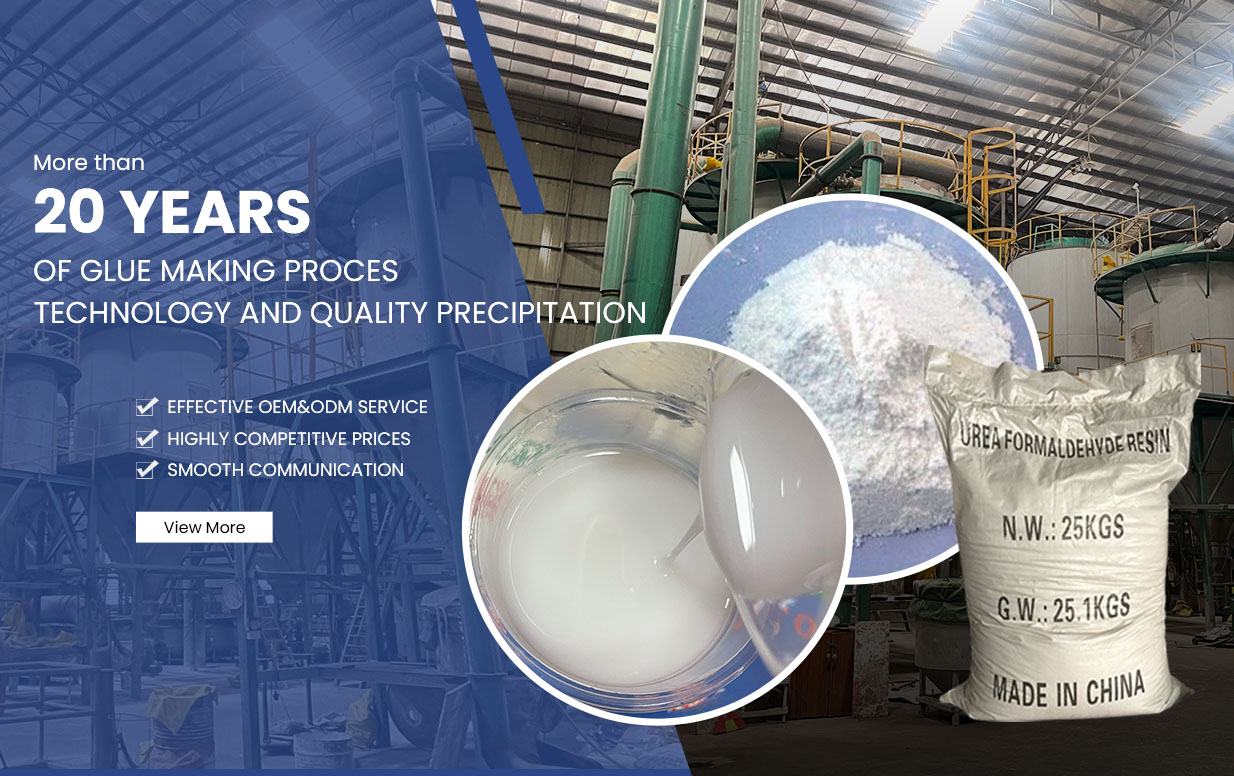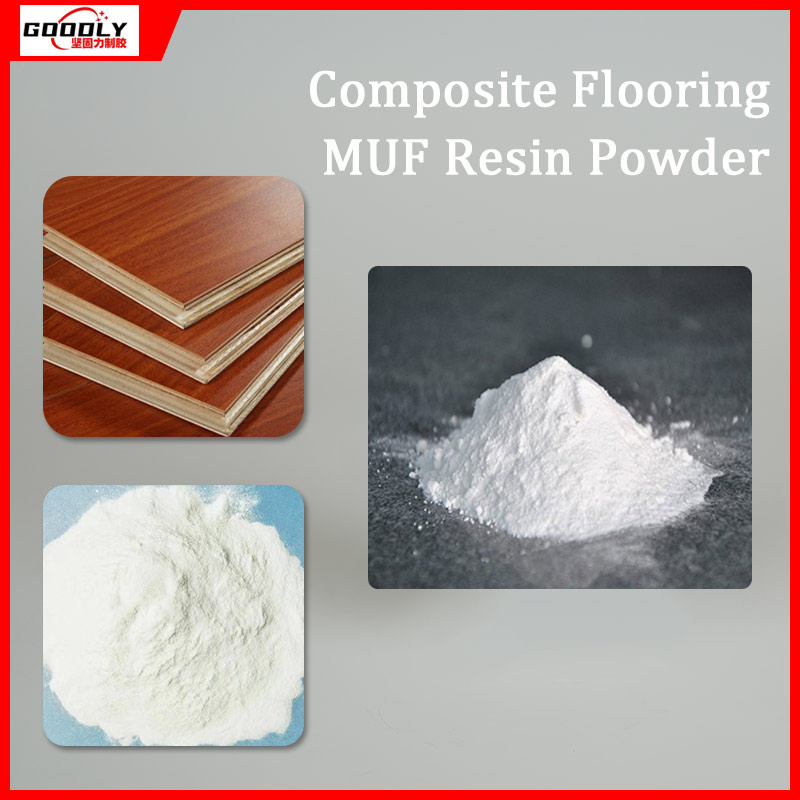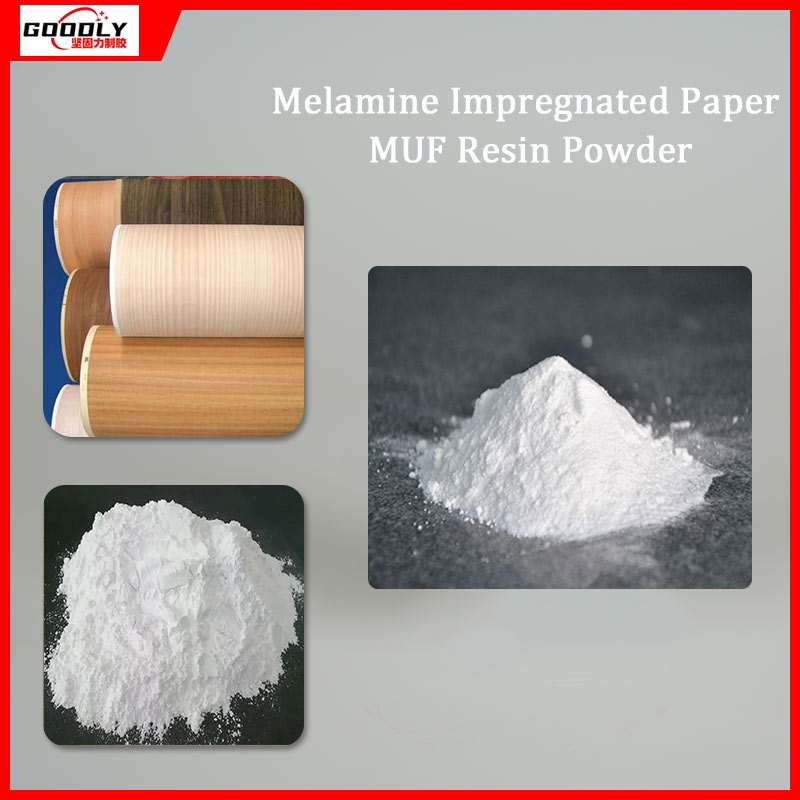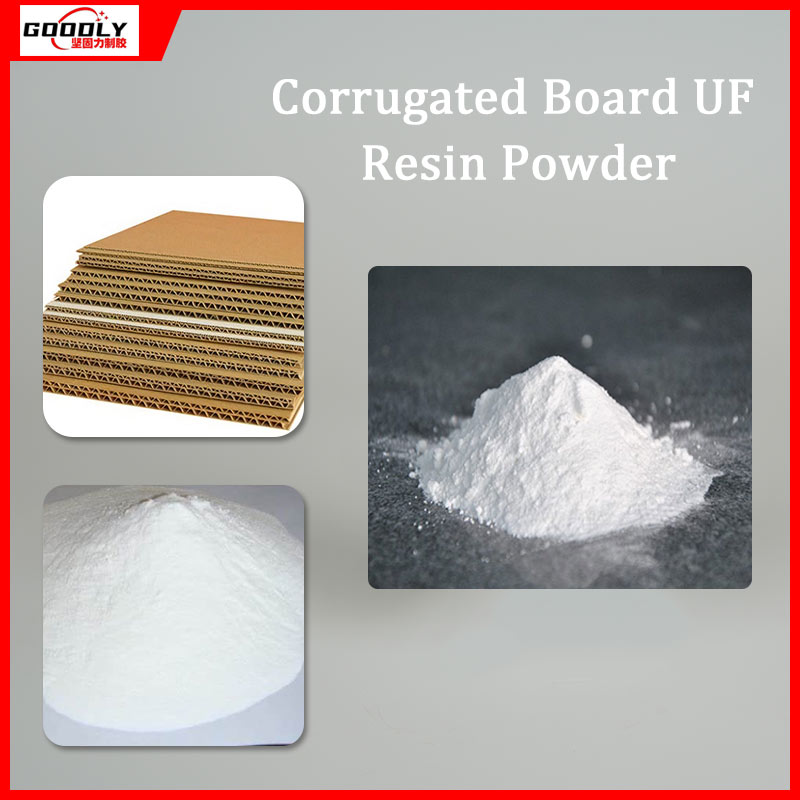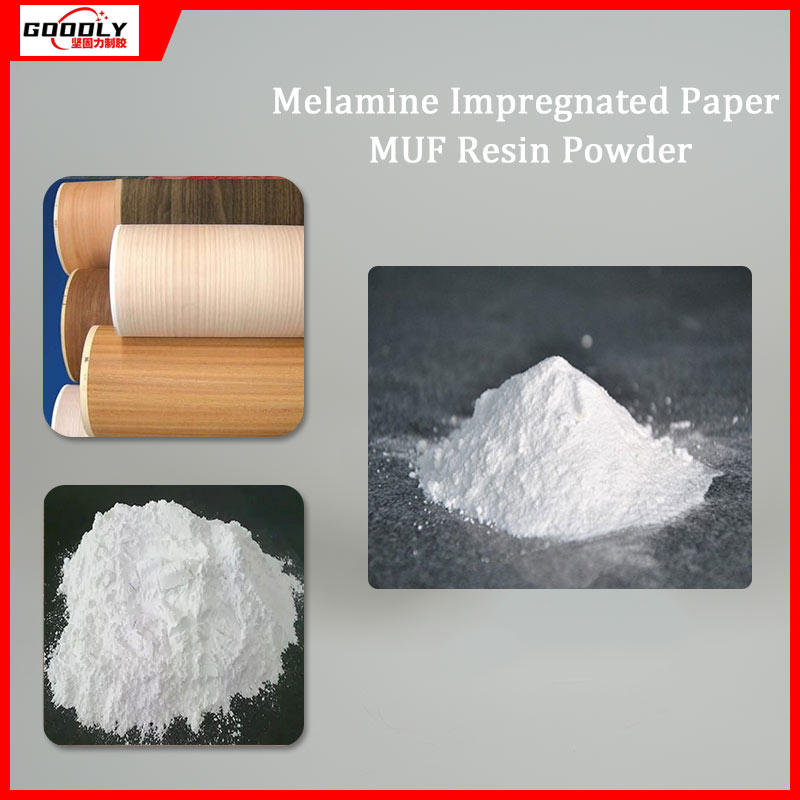Impregnated Paper Melamine Urea Formaldehyde Resin
- Product Information
Melamine Urea formaldehyde Resin (Melamine urea formaldehyde resin) is a high-molecular-weight polymer synthesized through a chemical reaction of melamine, urea, and formaldehyde. It is a thermosetting resin typically present as a white powder. During production, these three raw materials undergo a polycondensation reaction under specific temperature, pressure, and catalyst conditions to form a polymer with a network structure. Due to its unique chemical structure, this resin possesses excellent mechanical properties and chemical stability. During the curing process, it forms a hard, wear-resistant coating with certain heat and water resistance. The production of melamine urea formaldehyde Resin requires strict control of reaction conditions to ensure product quality and performance. It is an important chemical intermediate widely used in various industrial fields as a building block for adhesives, impregnants, or coating materials.
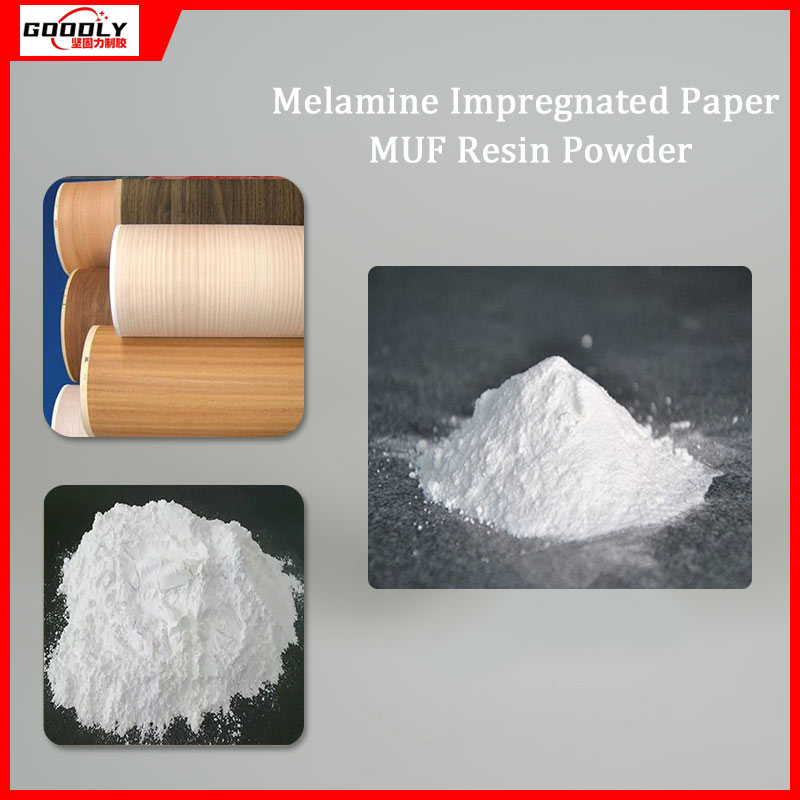
Melamine Urea Formaldehyde Resin Specifications:
| Name | Melamine Urea Formaldehyde Resin Powder |
| Model | 190/190A |
| Shelf life | 1 year |
| Product form | white powder |
| Weight | 25kg |
| Timber moisture | optimally 8-10%±≤2% |
| Hot-pressing temperature | 80-120℃ |
| Hot-pressing pressure | 8-16kg/cm² |
| Hot-pressing time | 1 min/per mm in plate thickness |
| Performance | Boiled at 100℃ for 4 hours(190) / Boiled at 100℃ for 6 hours(190A) |
| Amount of curing agent added | 2-5‰ of the glue already blended |
| Without curing agent, activity period | 24 hours |
| Without industrial flour and curing agent, activity period(190A) | 48 hours |
| Curing agent has been added, activity period | 3 hours |
| Coating quantity | depending on the texture and smoothness of plate, generally 150-180g m²(single side) |
Melamine Urea Formaldehyde Resin Features:
1. High Adhesion:
Melamine Urea Formaldehyde Resin possesses exceptionally high bond strength. It forms a strong bond layer on the wood surface, ensuring a tight bond between the wood and decorative paper or other materials. This high adhesion not only improves product durability but also reduces delamination or peeling caused by poor adhesion. Using Melamine Urea Formaldehyde Resin during wood processing can significantly enhance the overall performance and lifespan of the product.
2. Heat Stability:
Melamine Urea Formaldehyde Resin exhibits excellent stability in high-temperature environments. Its hot-pressing temperature range is 80-120°C, enabling a quick curing process. This resin does not decompose or deteriorate at high temperatures, ensuring the product's heat resistance. Whether used in furniture manufacturing or architectural decoration, Melamine Urea Formaldehyde Resin maintains stable performance in high-temperature environments, extending the product's lifespan.
3. Water Resistance:
Melamine Urea Formaldehyde Resin exhibits excellent water resistance. Wood or decorative paper treated with this resin can withstand immersion in water for several hours without noticeable damage or deformation. For example, Type 190 resin can withstand immersion in 100°C water for four hours, while Type 190A can withstand immersion for six hours. This water resistance ensures the product maintains excellent performance even in humid environments, making it suitable for high-humidity locations such as kitchens and bathrooms.
4. Environmental Performance:
Melamine Urea Formaldehyde Resin strictly controls formaldehyde emissions during production, meeting environmental standards. It contains no industrial flour or curing agents, reducing environmental pollution. This environmental performance makes this resin more competitive in the increasingly environmentally conscious market. Using Melamine Urea Formaldehyde Resin not only improves product quality but also meets consumer demand for environmentally friendly products.
5. Ease of Use:
Melamine Urea Formaldehyde Resin offers excellent workability. The curing agent dosage is 2-5‰ of the total amount of the adhesive, making it easy to use. Without curing agent, the pot life of Type 190 resin is 24 hours, and that of Type 190A is 48 hours. This long working life allows operators ample time for processing and adjustments, improving production efficiency.
6. Excellent Coating Properties:
Melamine Urea Formaldehyde Resin offers excellent coating properties. Depending on the texture and smoothness of the board material, a typical coating rate is 150-180 grams per square meter per side. This resin evenly covers the board surface, forming a smooth, protective layer. This excellent coating property not only enhances the product's appearance but also increases its abrasion and scratch resistance.
7. Long-Term Stability:
Melamine Urea Formaldehyde Resin has a shelf life of one year, ensuring stable performance during storage and transportation. The chemical properties of the resin remain unchanged during storage, ensuring optimal performance during use. This long-term stability reduces the risk of product failure due to improper storage and improves product reliability.
8. Wide Applicability:
Melamine Urea Formaldehyde Resin is suitable for processing a wide range of materials. Whether it's wood, decorative paper, or other composite materials, this resin provides excellent bonding and protection. Its wide range of applications enables the product to play a vital role in a variety of industrial sectors, meeting the needs of diverse customers.
Melamine Urea Formaldehyde Resin Applications:
1. Furniture Manufacturing:
Melamine Urea Formaldehyde Resin is widely used in furniture manufacturing. It tightly bonds wood and decorative paper, creating an aesthetically pleasing and durable furniture surface. The resin's high adhesion and heat stability prevent furniture from delamination or deformation during use, extending its lifespan. Its excellent water resistance also allows the furniture to adapt to diverse environmental conditions, enhancing its market competitiveness.
2. Architectural Decoration:
In architectural decoration, Melamine Urea Formaldehyde Resin is used to manufacture decorative panels and wallpaper. It provides excellent protection and decorative effects for the panels, while also exhibiting excellent water and heat resistance. The use of this resin not only improves the quality of architectural decorative materials, but also enhances their aesthetics and durability. Its environmental performance also meets the requirements of modern architecture for environmentally friendly materials.
3. Interior Decoration:
Melamine Urea Formaldehyde Resin is used in interior decoration to manufacture furniture such as cabinets and wardrobes. It provides excellent protection for wood, preventing moisture and deformation. Its high adhesion allows decorative paper to bond tightly to wood, improving the overall performance of the product. The resin's environmentally friendly nature also makes it popular in interior decoration, providing consumers with a healthy and safe living environment.
4. Packaging Materials:
Melamine urea formaldehyde resin can be used in the manufacture of packaging materials such as cartons and boxes. It provides excellent adhesion and protection to paper, enhancing the strength and durability of the packaging. This resin not only improves the quality of the packaging but also reduces product losses caused by packaging damage.
5. Automotive Interiors:
In automotive interior manufacturing, melamine urea formaldehyde resin is used in components such as instrument panels and door panels. It provides excellent adhesion between wood and decorative paper, while also exhibiting excellent heat and water resistance. This resin not only improves the quality of automotive interiors, but also enhances their aesthetics and durability, providing consumers with a comfortable driving experience.
6. Appliance Housings:
Melamine urea formaldehyde resin also plays an important role in the manufacture of appliance housings. It can provide good protection and decoration for plastic or wood shells, and has excellent heat resistance and water resistance. The use of this resin not only improves the quality of home appliance shells, but also enhances their aesthetics and durability, extending the service life of home appliance products.


